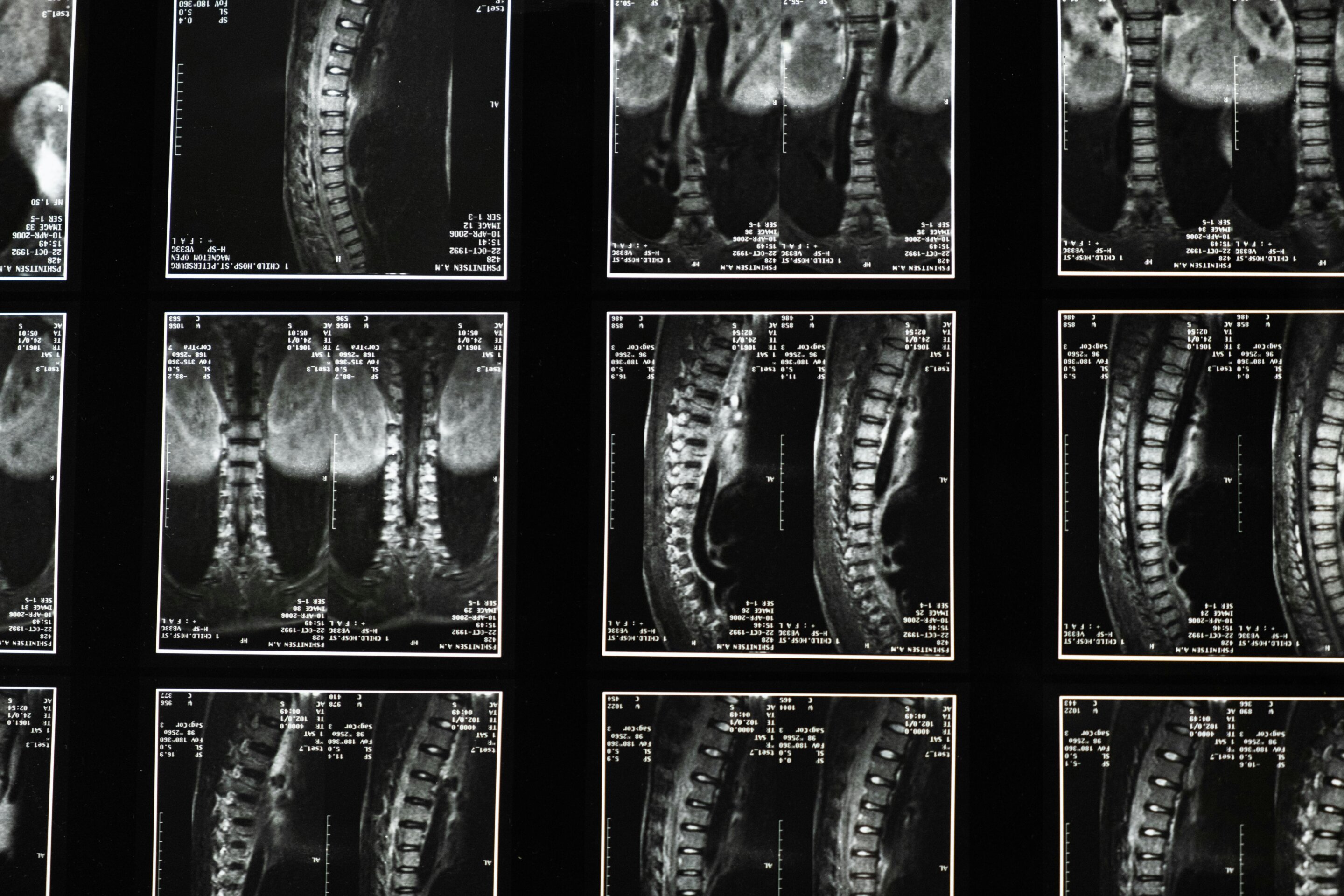Arm fat may reveal women and men at risk of spinal fracture


Measuring the total mass of fat in the arms could potentially predict which women and men over 50 are at risk of spinal fracture, according to research presented at the 26th European Congress of Endocrinology, held 11–14 May, in Stockholm. The findings may help identify high-risk individuals with a more simple and inexpensive method and influence the design of their exercise plans.
Osteoporosis is a common disease among older people, but is also among the most undiagnosed and untreated medical conditions in the world. Many people do not have noticeable symptoms of osteoporosis until they experience an injury or fracture, which most often occurs in the spine—known as spinal or vertebrae fractures.
Imaging techniques, such as dual-energy X-ray absorptiometry (DXA), are used to measure bone mineral density (BMD), while trabecular bone score (TBS) assesses the quality of bone and predicts new fractures independently of BMD. However, the effect body fat has on bone health is still unclear.
To investigate this, researchers from the National and Kapodistrian University of Athens in Greece examined 14 men and 101 women, without osteoporosis and with an average age of about 62, and found that those with excess body fat—irrespective of their body mass index (BMI)—had low bone quality (low TBS) in their spine. What’s more, the more belly fat located deep inside the abdomen and around internal organs, the lower the quality of the spine’s spongy bone (or trabecular bone).
The researchers then looked at the distribution of body fat under the skin and discovered that individuals with higher fat mass in the arms were more likely to have lower bone quality and strength in the spine.
“Surprisingly, we identified, for the first time, that the body composition of the arms—in particular, the fat mass of the arms—is negatively associated with the bone quality and strength of the vertebrae,” said senior author Professor Eva Kassi.
“This could mean that the arm’s subcutaneous fat, which can be easily estimated even by the simple and inexpensive skin-fold caliper method, may emerge as a useful index of bone quality of the spine, possibly predicting the vertebrae fracture risk.”
She added, “It should be noted that visceral fat—which we found to be strongly correlated with low bone quality—is the hormonally more active component of the total body fat. It produces molecules called adipocytokines that provoke a low-grade inflammation, so the increased inflammatory status plausibly poses a negative impact on bone quality.”
Professor Kassi acknowledges that larger studies are needed to confirm the link between arm fat and spinal fracture risk. “Although our results remain robust after controlling for age and weight, we will now increase the number of participants and expand the age range by including younger adults between the ages of 30 and 50 years old, as well as more men,” she said.
“Moreover, using the loss of arm fat mass as a marker, we will try to determine the most effective physical exercise routine that not only targets the visceral fat but also focuses on the upper part of the body so that these higher-risk adults lose arm fat and achieve a favorable effect on vertebrae bone quality.”
Provided by
European Society of Endocrinology
Citation:
Arm fat may reveal women and men at risk of spinal fracture (2024, May 10)
retrieved 10 May 2024
from https://medicalxpress.com/news/2024-05-arm-fat-reveal-women-men.html
This document is subject to copyright. Apart from any fair dealing for the purpose of private study or research, no
part may be reproduced without the written permission. The content is provided for information purposes only.





